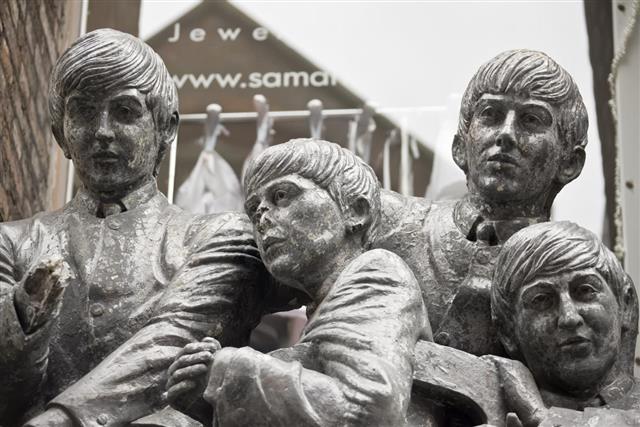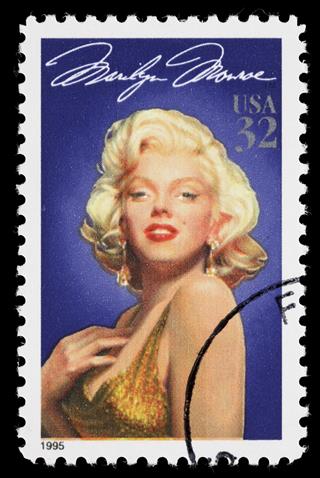
From the kitsch of the decades gone by to the image projected by your favorite T.V. star, pop culture objects and imagery have affected you in some way or the other. In this article, we take a look at pop culture as a phenomenon.
“Popular art is normally decried as vulgar by the cultivated people of its time; then it loses favor with its original audience as a new generation grows up; then it begins to merge into the softer lighting of “quaint”, and cultivated people become interested in it, and finally it begins to take on the archaic dignity of the primitive.”
As Northrop Frye puts the thought forward with much clarity, no one who has studied popular culture can deny it. For some reason popular culture or pop culture is never appreciated by the “intellectual” and “culturally enlightened” of that period. At the contemporary height of its popularity it is often dismissed as for the moment and a temporary fascination. Fast forward a few years and the same artifacts dismissed a few years ago come back and become popular as collector’s edition items. The term popular culture when coined in the 19th century was used to refer to the cultural traditions of the lower classes who did not have the education of the upper classes. The current association of the term can be credited to usage of the term in the United States. It is difficult to define the phenomenon because of the number of definitions floating around. According to one widely-accepted definition of pop culture, it is defined as those cultural artifacts from popular cultures that is left over after a decision has been made about what is high culture. Of course there are artifacts that also bridge this gap. Another definition of what makes up the bulk of these artifacts suggest that they are cultural objects produced for consumption by the masses.
Pop Culture and Artifacts
When you think about objects that define pop culture, what are the things that you first think of? Well, chances are that more often than not all those images are pop culture items (including Kermit the frog, Archie Bunker’s chair, and even Hannah Montana ). The effect of the phenomenon is such that it permeates and captures the imagination of the masses. While not many of us may be familiar with the works of Caravaggio or the theories of Nietzsche, most of us would have devoured Archie comics and read every Dan Brown book. That is the power of pop culture. These cannot be restricted to literal objects, as ideas, images, attitudes, people, phenomena, are all a part and parcel of world and American popular culture.
There are many experts who have spent a lot of their time studying one or the other artifact in popular culture. Most people while analyzing these artifacts use two forms of analysis – an interpretive textual analysis and content analysis. The former helps in examining the literal and social meanings of the object at hand and how they are linked to larger subjects prevalent in society. The latter studies it in quantitative terms. Studies help determine the mood of the country as a whole and reflect their mindset and options. An object is defined as a pop culture artifact when you observe widespread popularity of the object and different mediums including references to the artifact. They are sourcing pop culture in an Internet culture to create new idols. From kitschy items of the ’60s and the ’70s to the quirkiness of music and television today, the very definition is evolving on a daily basis.
So what are the different American artifacts that has captured the imagination of different generations? From the popularity of the icon that is Mickey Mouse and the logo that has a direct association to the Jonas Brothers today, pop culture icons and artifacts are many. Some notable icons of pop culture are The Beatles, Elvis, Marilyn Monroe, and Madonna. Andy Warhol’s painting of Marilyn Monroe cemented her position as one of the everlasting icons of popular culture. Icons may not be necessarily human; superheroes like Batman, Superman, X-men, and movie franchises like the Star Wars have created their own little kingdoms in the pop culture space. These artifacts include any piece of clothing or object associated with these icons.
Most of these artifacts have an association with celebrities or cultural icons. In some cases it is with a television show or a movie franchise. While pop culture may often be faced with the accusation of being trivial and responsible for the intellectual degradation of the audience, the acceptance that pop culture finds remains unmatched. This can be observed in the anime boom in America with manga and anime both becoming huge in the country. Pop culture artifacts with their enduring popularity will remain embedded in the psyche of the people forever. While other high culture artifacts may stand the acid test of time, their popularity will never be as all-encompassing or widespread.











